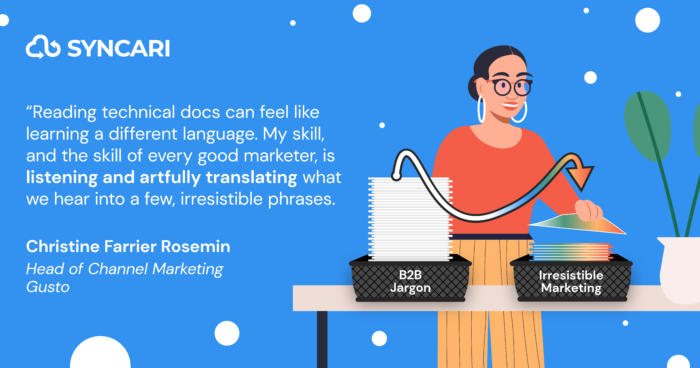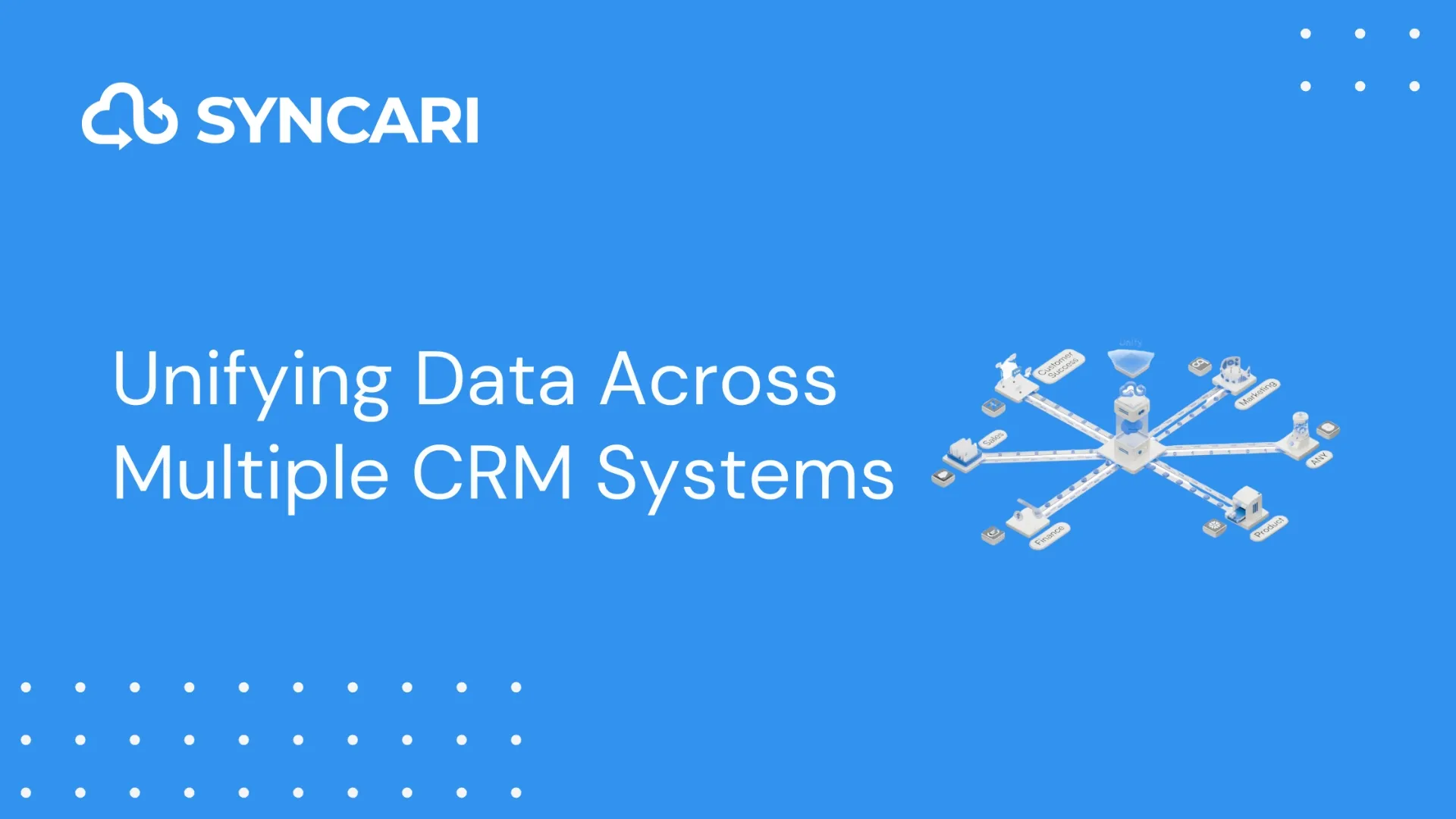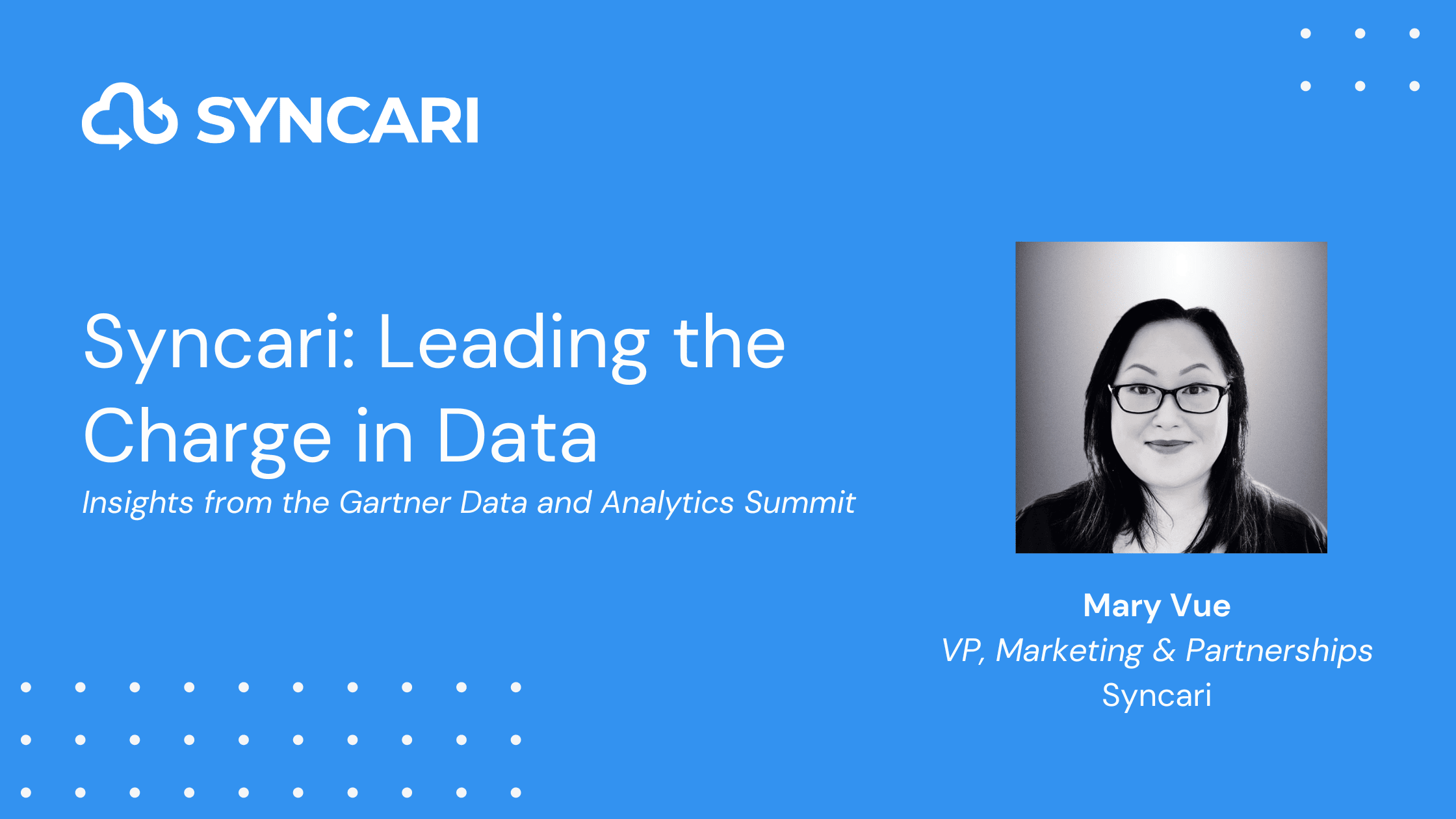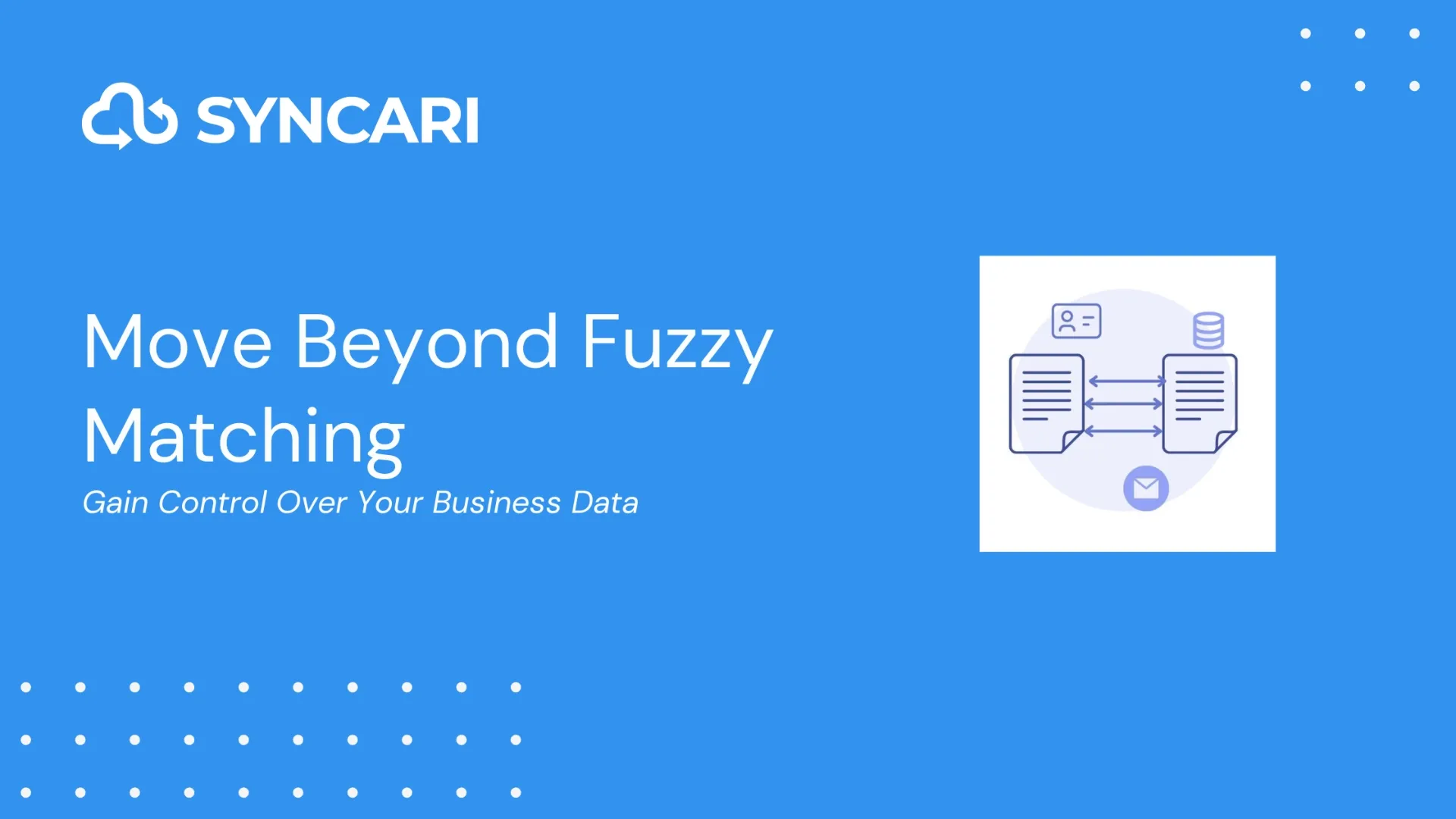It’s impossible to ignore Gusto’s Head of Channel Marketing. In a profession often notorious for verbose, jargon-y content, Christine is clear, erudite, and exacting. Whether she’s normalizing Black leadership with her presence or promoting Gusto’s all-in-one HR and payroll platform, Christine has earned herself a seat at the table. It’s time for us to listen.
I sat down with Christine to discuss why marketing is like an act of translation, why mistakes are the key to building repeatable playbooks, and why slow down should be your new mantra.
Nick Bonfiglio: What’s your superpower as a marketer?
Christine Farrier Rosemin: Translation. I was always the translator in my family — decoding my little brother’s garbled cries for my parents and siblings. Or translating my parents’ warnings for my siblings to follow. You can have fun, just don’t stick your finger in the socket, I’d say.
Now, I see how the practice of translation has served me in my career. I don’t shy away from diving into specs with product folks and engineers, discussing workflows, buttons, and widgets. Reading technical docs can feel like learning a different language. My skill, and the skill of every good marketer, is listening and artfully translating what we hear into a few, irresistible phrases.
What’s your process for repeatable, successful campaigns?
Our team assumes every campaign will achieve undeniable success. If we begin with this assumption, we’ll record every step of that winning formula. Then when the project is successful, we’re elated that we know how to do it faster next time. This approach to launching campaigns has allowed us to increase our speed and efficiency between projects.
However, not every campaign ends in success — that’s the beauty of this process. By documenting these playbooks, we also have a comprehensive list of everything we didn’t plan for. Recently, we launched a campaign for content syndication. It didn’t perform as well as we’d hoped, but once we looked at the playbook, the answer became clear. As soon as someone downloaded the content from the syndication provider, from the prospect’s point of view, the follow-up was disjointed — they entered into a generic nurture flow. We should have put more care into creating a delicious trail of breadcrumbs to help connect the dots and to give the reader another chance to engage with Gusto. Discovering that missing piece helped us improve our content syndication playbook moving forward. In this way, even campaign missteps help us achieve success.
What’s the most challenging part of being a Black woman in B2B marketing?
There is another layer of translation that Black women experience in the workplace. As I’m communicating the needs of our customers and balancing the needs of the business, I’m also weighing my own voice. We work in teams because we value every person’s perspective. But as a Black woman, who was the only person of color in the room, it would feel like choosing how much of my unique perspective is allowed to exist.
Even to this day, I’ll ask myself, What’s my authentic voice vs. how should I position myself in order to be heard? For some reason, it wasn’t until I turned 40 that I felt confident and safe enough to start doing things like wearing my natural curls and showing up in these spaces as my authentic self. When diverse perspectives are encouraged and our appearances are recognized as ‘normal,’ that need for another layer of translation will fade. It’s an ongoing journey, especially for B2B businesses that are starting to take diversity and equity efforts seriously. I really appreciate Gusto’s efforts in this arena.
How are you measuring the success of the Gusto blog? What has that process looked like?
Even though our blog would be considered successful — organic is currently driving leads that convert to new customers — attribution is part intuition, part guessing game. Like any org, we’ve had our share of people, system, and operational changes, I feel like a marketing forensic anthropologist (laughs). Our blog is rife with good experimentation, but light on the strategy, roadmap, or understanding of performance. We are assembling those disparate data points now: page visits, readership of individual posts, newsletter sign-ups, and demo requests. We’re working in a delicate balance of rebuilding without razing the original structure.
After this blog overhaul is complete, we will have two funnels:
- Content
- Newsletter | Demo | Meeting Sign-up
- MQL Creation
- MDR Engagement
- Account Executive Engagement
- Active Customer
- Content
- Customer Sign-up (Access to Dashboard)
- Active Customer
In the meantime, we’re pulling together the forensic marketing files and building dashboards in Tableau to pull blog data from sources like WordPress and Google Analytics. Nirvana state: We’ll know the performance of each blog post down to the last salient detail, and use this info to fuel the roadmap for future improvements.

What’s your advice for new hires joining bigger companies?
Many people make the mistake of hastily transferring their approach from their previous role to their new one. In my case, I was passionate about ABM and I wanted to bring it to Gusto as soon as I began. But as I tried to launch the program, I realized I hadn’t spent enough time learning about the cyclical nature of the business, the resources we would need, and the bandwidth of the team.
If I had slowed down, I would have realized that Gusto was focused on simplifying marketing to align with a new org structure. Eventually, I caught on and postponed our ABM program, shifting our direction to doing fewer things better. My advice for new hires is simple: Slow down. They hired you for your skills and they trust you to do a great job. Trust your instincts, but be ready to let go if your approach isn’t right yet.
Why is it important for marketing leaders to join communities outside their workplace?
It’s easy to enter an echo chamber when you join a new organization. Your company will have a particular way of doing things that feels special. But as the workplace remains remote, you need to seek out your industry peers and find out what they are struggling with. It’s great for your marketing career. But it’s also incredible for your sanity. Good marketing friends help raise your elevation, enabling you to see situations from a vantage point that offers a more realistic perspective. Or offer solutions to pressing problems.
Networking right now is definitely easier said than done. My advice is to invest time in official networking organizations or relationships with past colleagues. Keep in touch with people you’ve admired or ask for introductions through mutual connections. My most beneficial relationships have been with colleagues (now friends) from previous roles that have served as sounding boards for me. Good communities help us expand our thinking and see the gaps in our established ways of doing things.
What books and podcasts are you obsessed with right now?
I can’t help but love Brené Brown’s writings. I’m also inspired by SaaStr podcasts. But it might surprise you that I’m also reading trashy beach novels. I’d recommend Beach Read by Emily Henry. Very meta (laughs). One day I plan to write one myself — I’m obsessed with decoding the magic formula for the perfect pool-side escape. For now, these light-hearted romps allow my brain to rest before I’m ready to return to real problems. People say it’s a guilty pleasure, but I’m a firm believer that you shouldn’t feel bad about things that bring you joy and renewal.
Want to follow Christine’s Journey? Check our her LinkedIn.



